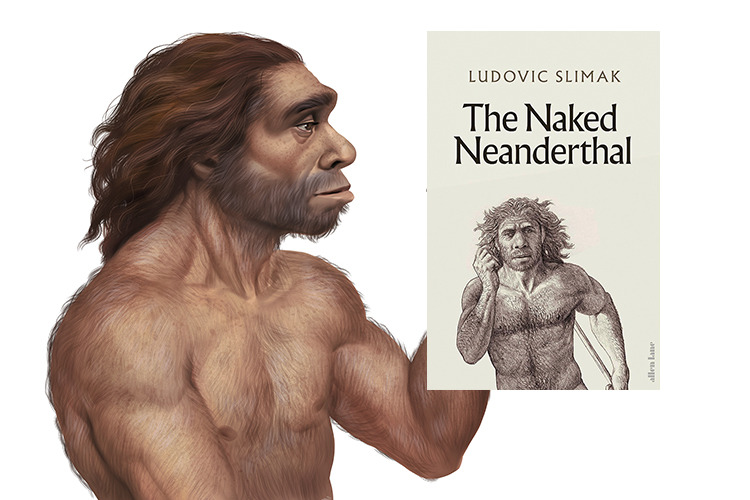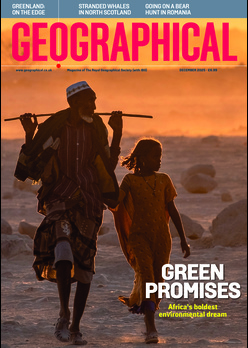
Ludovic Slimak reveals the true significance of the Neanderthals in this highly entertaining book
By
Hands up everybody who knew that Neanderthals take their name from a German valley located 12 kilometres east of Düsseldorf. This is just one of the surprises to emerge from Ludovic Slimak’s entertaining book about a group of archaic humans who first appeared at least 200,000 years ago during the Pleistocene Epoch.
Slimak has spent more than 30 years scrabbling through the earthen floors of caves. His research has led him to conclude that Neanderthals weren’t another version of modern Homo sapiens when it comes to mental structures. They were instead an utterly different humanity. In the author’s words, ‘To approach them is to encounter a fundamentally divergent consciousness.’ Slimak’s exploration of their stone lairs and thousands of objects left abandoned or stashed in the corners of cliffs has enabled him to perceive the true significance of these extinct humans.
Neanderthals will remain a prisoner of our prejudices for a long time to come, says Slimak. We assume that they are a long-defunct version of ourselves, moreover one of inferior intellectual capabilities, which leads us to conclude that the Neanderthal couldn’t have been human in the way we imagine.
To the contrary, however, these supposedly primitive creatures were highly skilled craftsmen and, indeed, creative artists. They had their own history, their own rituals, their own customs and their own intelligence.
But why did they become extinct? Slimak rejects the hypothesis of an Ice Age catastrophe or other climatic disaster. The author’s investigations produced a remarkable piece of evidence: soot deposits on the wall of a French cave revealed that the two types of human inhabited this grotto no more than a year apart. Traces of Neanderthal culture were effectively wiped out after this moment of encounter. It was at that instance that new populations of dynamic modern humans moved in to replace the original Neanderthal inhabitants, which had been established there for tens of thousands of years.




